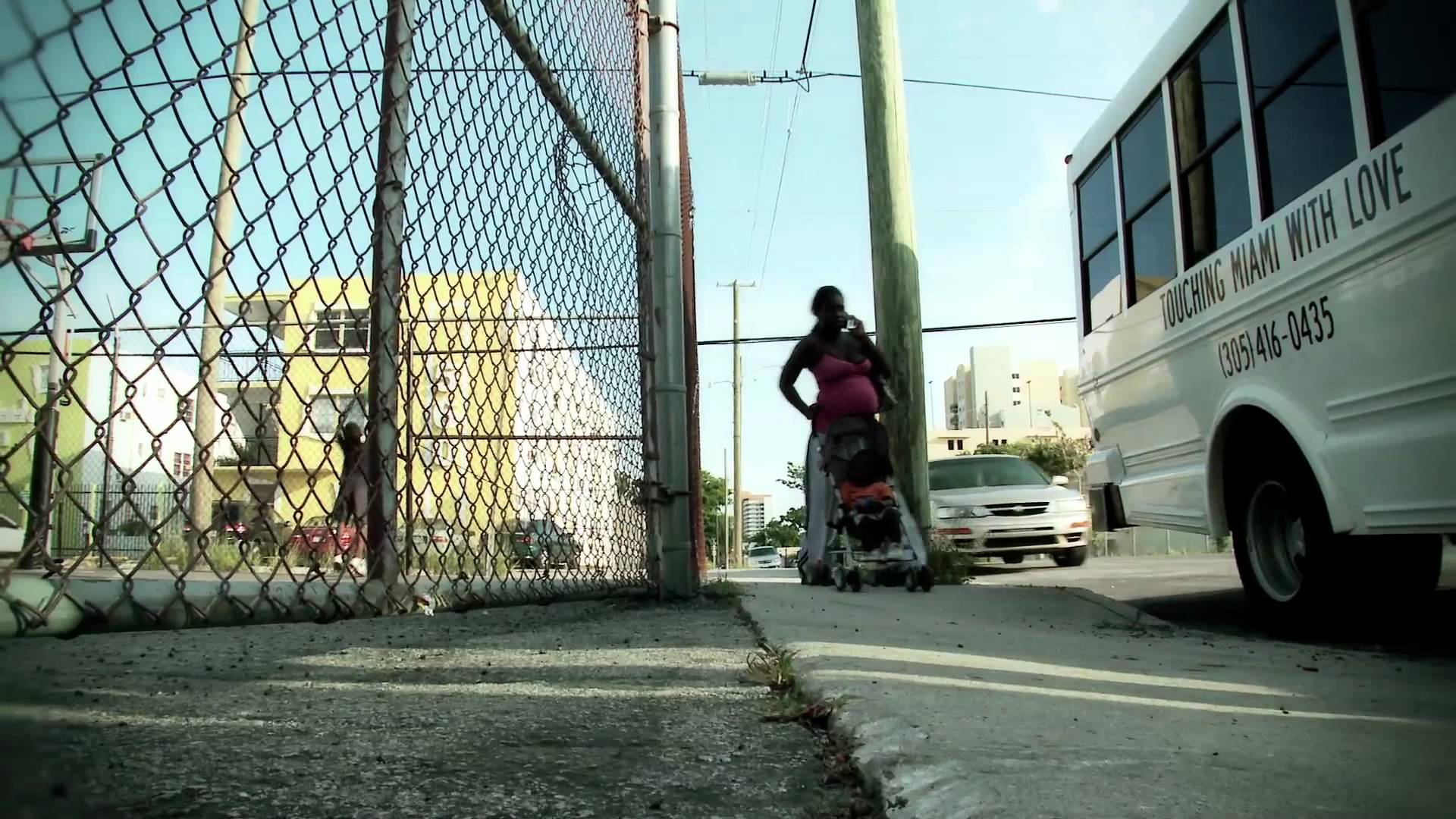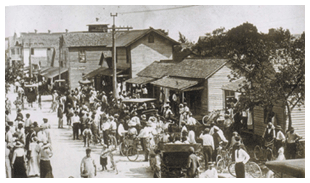
Culture and the cult of the rich
Miami is the metropolitan area with the highest level of economic inequality in a nation that leads the developed nations in inequality. Inequality squared? Bad math but apt metaphor.
Miami also has the dubious distinction of having the most unaffordable rents in the United States. Renters on average pay a higher percentage of their earnings for housing here than in any other city. High rents and low salaries mean less money to spend on all the other necessities of life.
You would think that here any and all money available to improve living conditions for those at the bottom, especially housing, would be spent for their intended purpose with a laser-like focus. You would be wrong.

An outraged Miami-Dade grand jury issued a scathing report last week that found that Community Redevelopment Agencies (CRAs), created and funded to fight poverty, spend far too much tax money on things like sports stadiums, museums, concert halls, a production studio, and politicians’ pet projects. Figuratively and literally: CRA money even paid for a statue for a dog park. And there is more of the same in the pipeline. In 2014, the Overtown CRA agreed to give $108 million for the Miami World Center Project, a huge new development, and is now negotiating an even larger outlay to help finance an 1,800-room hotel and expo center.
Then there is the money at least one CRA spends almost exclusively for the “economic development” of its own employees. That CRA spent $300,000 out of a $400,000 budget on administrative costs, mainly salaries and benefits for its three employees. That means the unnamed CRA spent 75 percent of its budget for administrative costs. That’s outrageous. Consider, for the purpose of comparison, that a much larger but well-run agency also funded through tax dollars, the Children’s Trust, spends only about 9 percent of its much larger budget on administrative costs.
What all the questionable expenditures by CRAs contribute to fighting urban blight and revitalizing communities is virtually zero. For example, tons of research show that sports stadiums don’t bring economic development in their wake. Museums and concert halls are public goods that great cities should have but not at the expense of raiding the coffers of money for those at the bottom. The Louvre is not funded from the pockets of the poor of Paris.
The Grand Jury, in its 44-page report titled “CRA’s: The Good, the Bad and the Questionable”, wrote: “It is unfathomable to us that in this day and age, citizens in our community live in housing units where sewage backs up within their apartments or overflowing sewage being released on the grounds of their apartment buildings are a regular occurrence. This while millions of dollars are being spent annually to fund ball stadiums, performing arts centers and dog parks, is an outrage.”
The issue was the subject of the top story in Friday’s Miami Herald (“Grand jury slams county’s use of anti-blight tax districts”).

[The full grand jury report can be accessed online by clicking here.]
While some CRAs do a good job and a blanket condemnation of the entities would be unfair, it’s clear the system as a whole is not working. Miami’s frenzied development is producing an ever-more economically polarized city, and overall the CRAs are contributing rather than counteracting the trend.
Few Overtown residents can afford the admission fees charged by museums, concert halls, or even ball parks. Money is taken from a fund to improve the community to create amenities the people there never get to enjoy. Ironic, you say? That, and just one more example of the Robin-Hood-in-reverse rules that have made this society the most unequal among developed nations.

Miami boosters say the new cultural venues and events are making Miami a “world-class” city. But great cities aren’t built just by providing arts and culture to local economic elites, well-heeled tourists, and rich globe-trotters.
That class counts more than culture is written on the walls of the very cultural institutions that are supposed to transform us into a world-class city: Arsht, Perez, Frost… billionaires and multi-millionaires that have contributed a significant amount of money to create these cultural institutions. But in each case, a necessary part of the equation has been a lot of the money, in some cases the majority, contributed by John Q. Public, whose name appears nowhere and who can’t afford the pricey ticket to get in.
What do these very wealthy people get out of this deal? To give money in exchange for having an institution named after you suggests a narcissism just below the world-class narcissism of a Donald Trump. Plus, and this is a hypothesis only which can’t be substantiated within the scope of this article, substantial tax benefits are probably accrued as well. Boosting your ego while cutting your taxes is not a bad deal.
There is a difference between this kind of philanthropy and true altruism. Here is an example. There is a wealthy man who put up significant money to fund the campaign to help pass the ballot item that created the Children’s Trust. Do you know his name? I don’t, although I have known many of the top executives and board members of the Trust for decades. I have been in the Trust building several times and haven’t been able to discover the name. I didn’t spot a shrine to a benefactor anywhere. Maybe I just missed it, but I doubt it. Oh, and one more thing: money given for political campaigns isn’t tax-deductible.
But the biggest problem with having cultural institutions named after people whose principal merit is having lots of money is that it contributes to the huge chasm that exists in this city between the included (those who can buy naming rights to a cultural institution or at least pay the price of admission) and the vast army of the excluded who can’t even get in the door.
Miami is a class city in the sense that each day money determines more and more how and what you experience living here. But, to be a great city, Miami requires a much higher level of inclusion, solidarity, equality and true altruism and much less exclusion, greed, narcissism and corruption.

